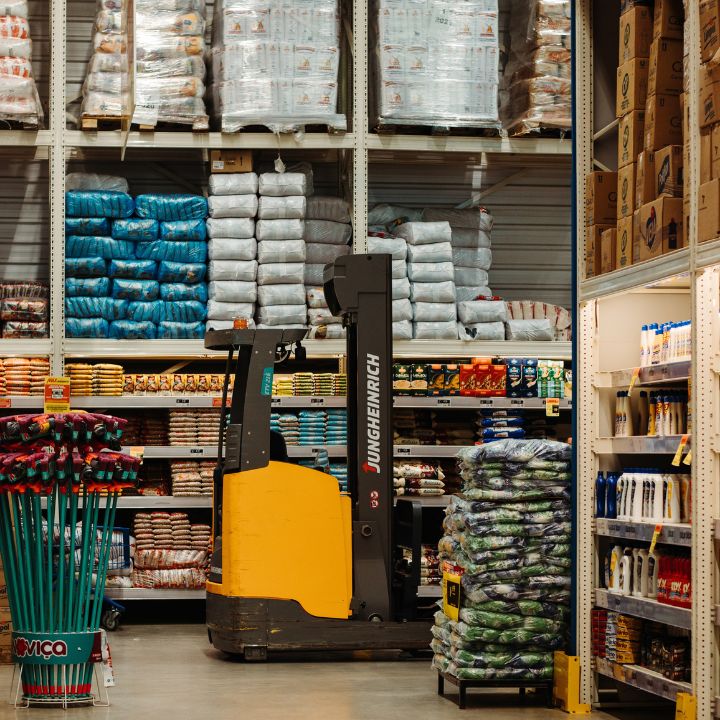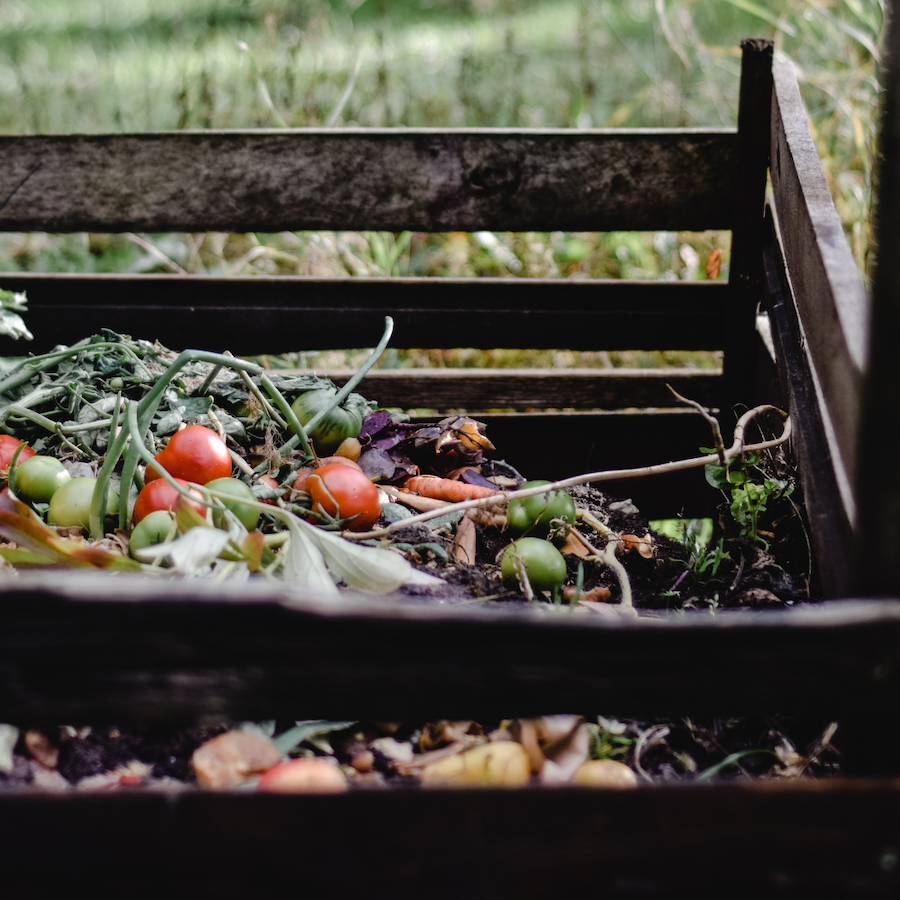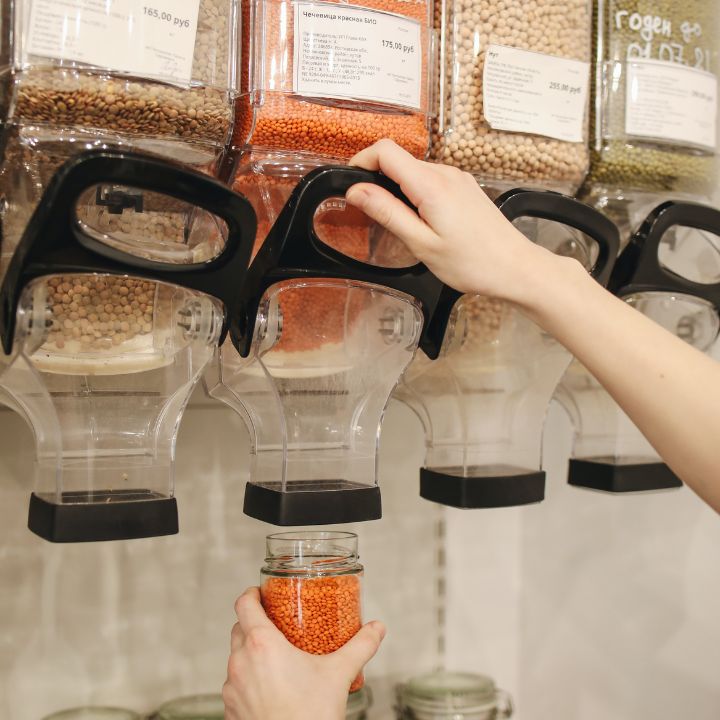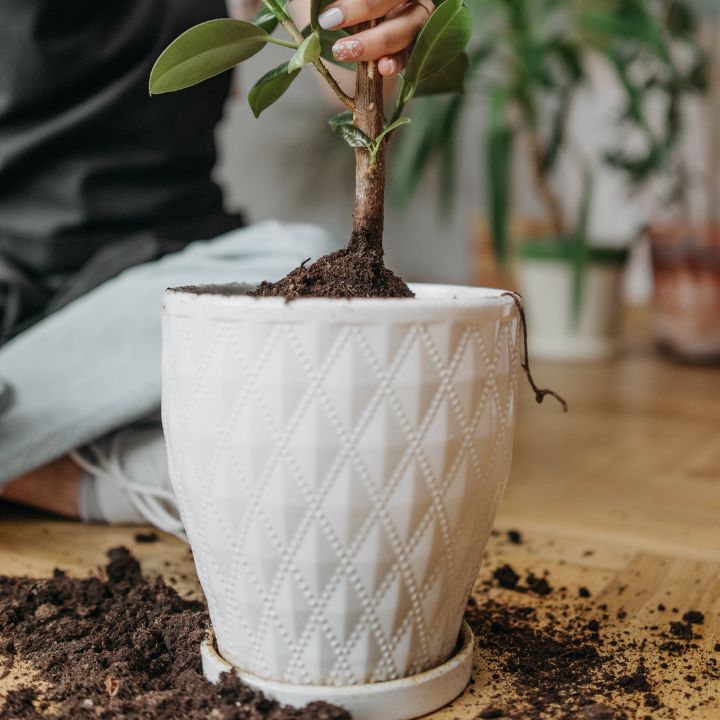Start Living Sustainably Now Without Adding to Your Household
Sustainable Living Innovations
How to live sustainably – ready to do your part, but you don’t know where to start? Like most new things you try, you will be able to find a price tag on a lot of tools that help you live sustainably, reduce your waste, and engage your community. But, did you know there are a lot of daily choices within your current behaviors and practices you can change to start your own path to sustainable living? Ironically, a lot of these practices not only help your environment and self, but also your pocket book, as a happy coincidence.
Take a few minutes and check out our tips and tricks on how to live more sustainably at home.
Living Minimally
In most finance books you’ll find, the frequency and reasons behind how you spend your money is where they will spend most of their time. This also plays into living minimally. Why do you need/want to purchase something and what is the frequency with which you make purchases? Marketing is basically magic, it can get you to want something, make you feel like you NEED to have it. But in reality, you don’t. The premise behind such marketing is targeting your emotions, and in some cases your insecurities. But ultimately, you get to make the decision on what it is that you need to have in your life. What goes into making that decision?
Making Purchases
When making most purchases build some time into your timeline. There is a lot of impulse buying, or spending based on your emotions. You either go into the shops and you see a great deal, or you see something awesome that would look great in your life. Should you purchase? Only you can make that decision, but take into account the following:
- Wait a few days before making purchases to make a less emotional decision.
- Research the item, is this the best price? quality?
- Does the item come with too much?
Buy only what you can use. The additions make your purchase look sensational, but in reality, don’t always have purpose.


Replacing Items
Purchasing in bulk comes in handy, don’t get me wrong. But where do you store it? How many times have you bought too many, forgotten that you had extras and purchased more, or just had too many versions sitting on your counter?
Buying just to replace items keeps the clutter down and you are the one in control of what you consume. It can also help to reduce waste and increase space. If you have products that can be refilled instead of replaced you’ll cut down on clutter, packaging, and probably some non recyclable materials.
Replace only when products are out will ensure you’re using the right amount that you need.
Clothing
Jane Fonda is a big protonate of reducing your clothing waste. Looking good doesn’t always mean having a new wardrobe each season. You looked great last year, you look great this year, and you look great now. Wear what makes you happy, don’t sacrifice self, or expression of self here. It can all be done here, trends come back around.
- Use clothing for its full life, this includes sewing up any rips or tears.
- Shop in second life shops. The clothing is usually cheaper and you’re not putting an additional clothing item into the story of stuff.
- When buying new research purchases. Know what you’re looking for specific, look at the brand you are buying. Ask yourself, is this a quality product? What is this made of? What are the practices of the company that I would be supporting?

Managing Your Refuse
Another easy sustainable living innovation that can be implemented without purchasing tools is taking a look at how you manage your refuse and waste. This involves taking a look at current practices of what do you do with. the product, including how much of a product do you use? What does it take (energy/transportation/preservation) to get you the product? What are the impacts of the unusable bits of a product?

Food Waste
Whether you get your vegetables from your garden or the grocer there aren’t a lot of vegetables that you can eat every part. But, is there something you can do with the bits that get cut off besides going directly into the waste bin? Yes.
- Make and store vegetable broth – this can be done with a chicken carcass as well. It will come in handy with any recipes you have that call for vegetable or chicken broth.
- Make beauty products – coffee grounds and sugar make great exfoliants. Coffee grounds can also be used to offset chemical reactions in soil.
- Jam fruit. Fruit that you would consider rotten, or not something you want to eat often make the best jams.
- Use left over bread to make croutons that can be turned into stuffing, or used in salads, or garnish soup.
- Citrus peels can be boiled or dried to be an aromatic addition to the house.
- Regrow fruits and veg. Using pieces of a fruit or vegetable to grow additional fruit is called propagation. This can be done with seeds, pits, in some cases cuttings, ginger, avocado, green onions can all be regrown.
- Put a slice of bread in with your brown sugar to keep it moist and loose.
- Use leftover herbs to infuse oils to substitute for butter.
- Turn vegetables into veggie chips
- Learn how to compost or mulch.
- Harvest rain water.
Packaging
Home delivery can be a life saver! You can get it with practically anything. Food, medications, clothing, you name it, you can get it online and have it delivered.
Where it becomes problematic is the amount of packaging that goes into keeping your products safe until they get to you. Nothing upsets me more than getting a huge box full of plastic bubble wrap with a tiny boxed item inside. You can recycle the box, but all that plastic is a no go.
More businesses are being more conscious of packaging, and there are other organizations that are making recyclable packaging their entire product and mission. Consider bar shampoos- I know what you’re thinking how could this possibly be a good product?!? I put a lot of effort and money into my hair and I have loved the bar shampoo that I have switched to.
- Don’t order items 1 at a time.
- If available, choose the longer shipping time to allow for less boxes and shipping products.
- Is there an alternative to the traditional conception of the product? (shampoo, soaps, detergent, toilet paper, plant based packaging that can be buried, recycled versions)
- Reduce plastic use.
- Find an alternative to vegetable/fruit plastic bags at the grocer.
- Multiple use sandwich bags.
- Bring your own containers to the grocer when available.
- Instead of relying on the plastic bags at the grocer for your pet waste or trash bins look for compostable bags.


Composting/Mulching
How can you compost and mulch as a sustainable living innovation when you don’t live in a house? Admittedly, this can get tricky. Houses tend to offer an outdoor space where you can compost and mulch out of your direct living space. Composting and mulching take time. They also produce dirt. How do you offset the time, and smell, of composting and what do you do with the dirt?
If possible connect with your neighbors and see if management will put in a composting system, either a composting bin, or allowing for an open pit. The open pit will allow for critters to get into your compost, FYI.
Use your nutrient rich dirt on community gardens, or garden boxes, or put it directly on any plants outside your home. You can also use the dirt to build an indoor gardening system, like an herb box.
Getting Around
In sprawling locations you need a car to get around. Everything can be so spaced out, the shops, the gas station, work, school, errands.
Walking
If possible, living near where you work can be full of benefits. The closer you live the less amount of time spent on commute, allowing more time to do what you want. Less amount of money spent on gas, allowing more money to save or spend on other things. Less wear and tear on your vehicle, saving money on upkeep and repairs.
Sometimes living close to where you work also allows for shops and entertainment to be close by as well, allowing for the possibility of being able to walk to any location you might need. Walking is good for your body, if you don’t use it, you lose it, as they say. You hear the goal of 10,000 steps a day is the goal to a healthy lifestyle, if you can get that 10,000 steps good on you.
Going to the grocery store can be problematic if you need to purchase more than you can carry. Using a bike to get to and from the grocery store can help you out here.


Travel
If you love to travel you know there are many different modes of getting around, public transportation, planes, trains, automobiles. Each one of these comes with their own impact on the environment.
- Carpool when possible.
- Reduce the number of plane trips you take.
- If possible, consider taking the train instead of an airplane.
- Use public transportation, where practical.

